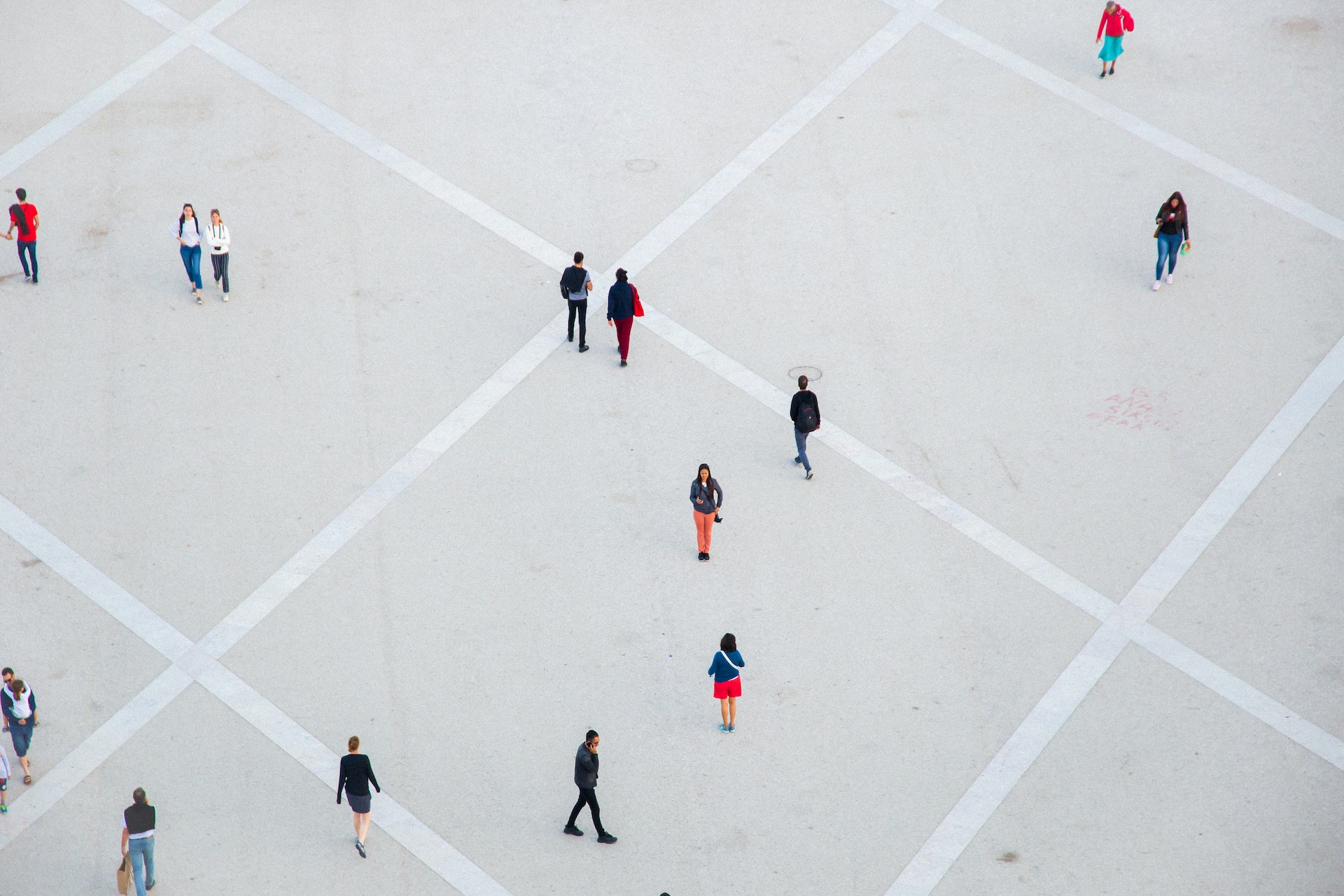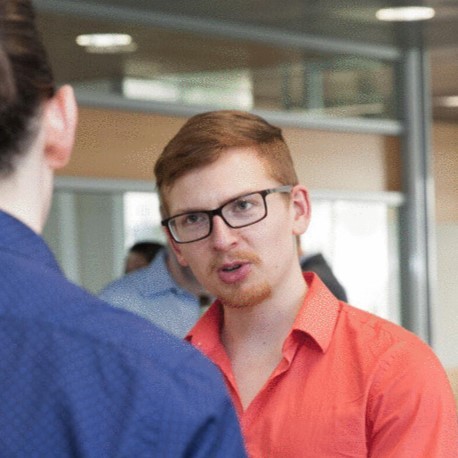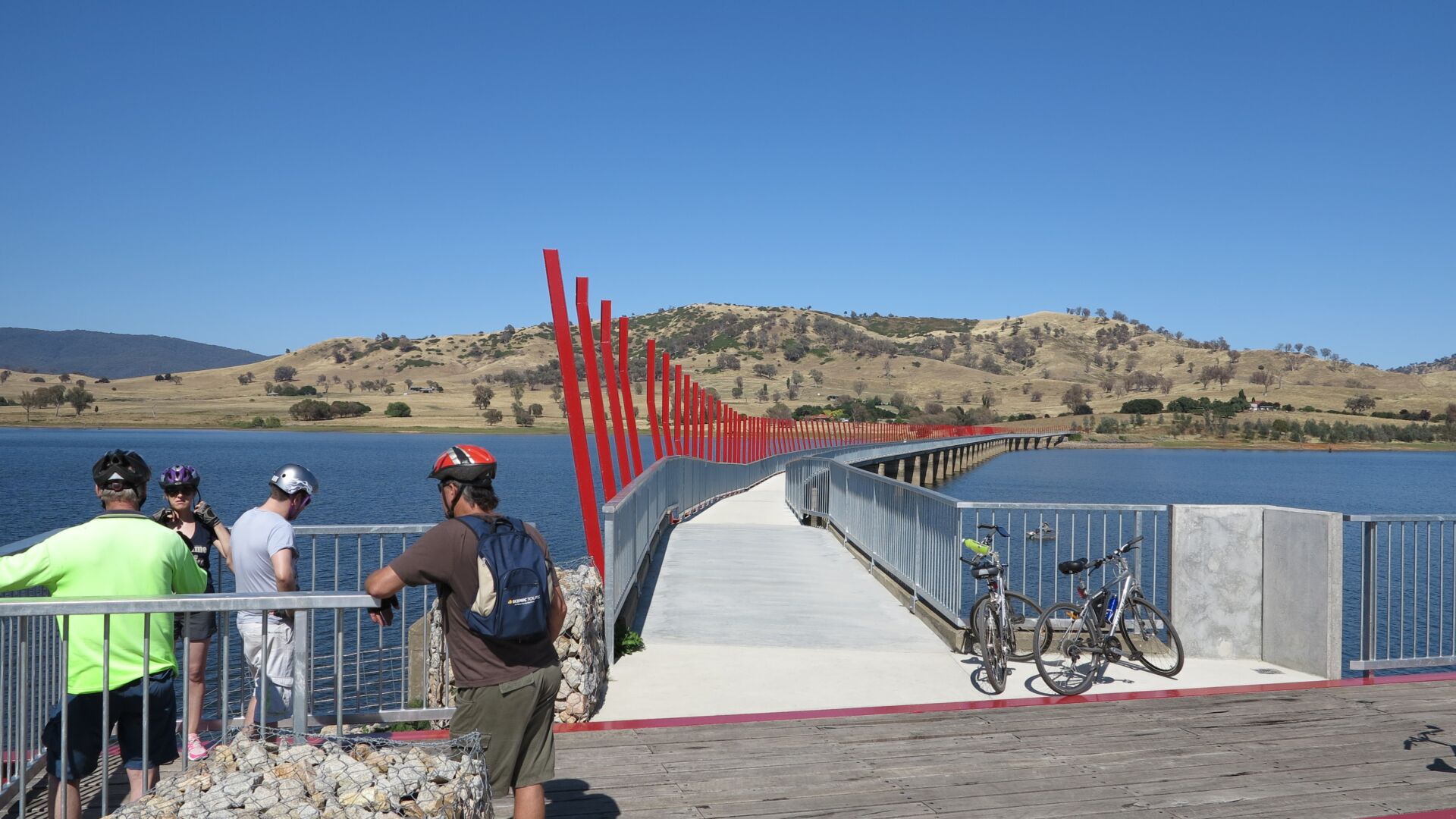Placemaking: Designing places as services


Places can facilitate connection. They can engage, inspire, and stimulate people. By viewing places as services, we can apply a service design lens to the design of places. We explore placemaking and how well-designed places can delight.
Oh, the places you’ll go!
Invisible Cities is a travelogue to places that do not exist. Each fictitious city, from the fantastical to the melancholic, is a reflection on real ideas and memories.
“In Chloe, a great city, the people who move through the streets are all strangers. At each encounter, they imagine a thousand things about one another; meetings which could take place between them, conversations, surprises, caresses, bites. But no one greets anyone; eyes lock for a second, then dart away, seeking other eyes, never stopping…something runs among them, an exchange of glances like lines that connect one figure with another and draw arrows, stars, triangles, until all combinations are used up in a moment, and other characters come on to the scene… ”
― Italo Calvino, Invisible Cities (1972)
We’ve all been in spaces like this, concrete thoroughfares at rush hour, liminal corridors, waiting places, maybe a whole street or block that we pass through without much thought.
Take for example, the city of Trude: A monotonous every-town, marked by generic streets, chain stores and cookie cutter houses.
“If on arriving at Trude I had not read the city’s name written in big letters, I would have thought I was landing at the same airport from which I had taken off. The suburbs they drove me through were no different from the others, with the same greenish and yellowish houses… This was the first time I had come to Trude, but I already knew the hotel where I happened to be lodged; I had already heard and spoken my dialogues with the buyers and sellers of hardware;..
Why come to Trude? I asked myself. And I already wanted to leave.
“You can resume your flight whenever you like,” they said to me, “but you will arrive at another Trude, absolutely the same, detail by detail.”
The Chloes and the Trudes of the world are a testament to places that are designed with functionality or efficiency before people, and as a result, people are less connected to them. Placemaking offers a different approach.
An approach for making exchanges, those ‘lines, arrows, stars, and triangles’ stick. Designing spaces worth stopping for, connecting over, and staying in. Given what spaces can do for us, they can be viewed as a service, which allows us to view spaces through a service design lens. Like other services, for improvements to really stick, we must first understand the problem.
Step 1: Understanding the problem
What is placemaking?
Placemaking refers to a collaborative process and philosophy by which we can shape public spaces to maximise shared value. Tightly linked to a Human-Centred Design (HCD) approach, it involves a period of immersion and discovery, figuring out what makes a place tick. Observing, listening to, and interviewing the people who live, work and play there to understand their needs and aspirations for that space and community.
At the core of placemaking as a philosophy is that the community are the experts on the places they live. By engaging all stakeholders, from planners, designers and engineers, to residents and business owners developments can be designed as part of a larger cohesive vision. The issues and opportunities that arise can also be addressed at a grassroots level, and the people who are directly affected are empowered in the process of designing and improving a place.
Step 2: Designing impactful solutions
Placemaking can impact communities of all sizes, ranging from city districts to individual neighbourhoods. While some of the impact may be intangible and short-term, those intangible effects can eventually lead to measurable outcomes over the longer term.
A study from 2022, conducted by academic researchers and industry leaders, found that, on average, people are 50% more likely to spend time in spaces designed with creative placemaking. Furthermore, their positive feelings towards a space increase by 63%, seeing such environments as inviting, stimulating, beautiful, friendly, and supporting an improved quality of life. As a result, people are 77% more likely to recommend the site to others.
Similarly, Australian research shows that people who feel connected to their community & engage in local prosocial activities (which placemaking can facilitate) are less likely to be worried about crime. People feel safer in areas with effective placemaking efforts.
These stats are averages, which means that the numbers can look very different from project to project, depending on how well placemaking has been done. To see how these short-term and subjective benefits result in longer-term, measurable outcomes, let’s look at some examples – not fictitious ones!
On the small community end of the spectrum, there are quick win-type projects, such as the Sandy Creek bridge near Tallangatta, a small regional town in Victoria. An old rail bridge that was no longer in use was repurposed into an attractive cycling and walking bridge, forming a connective new part of the existing High Country Rail Trail. With a new attraction for cycling tourists, the flow of people visiting the area greatly increased.

A larger example that demonstrates not only the benefits, but the necessity of placemaking for a larger community’s financial sustainability and wellbeing is the city of Newcastle, in New South Wales.
Once a thriving working port, Newcastle experienced closing industry and decentralisation of retail and services, which led to parts of Newcastle being left with unkempt and empty retail and business properties. This put off visitors to those areas, driving away even further business.
In 2008, a project called Renew Newcastle was started: with funding from local government and business partners, the landlords of these empty buildings were paid a part of rent to manage the short-term use of their buildings. Local volunteers then carried out maintenance before handing them over to those looking for cultural and creative community spaces.
With the previously empty buildings now filled with colourful, vibrant, and interesting-looking businesses, people were drawn back to these areas, which in turn attracted further businesses. The model was so successful that Renew Australia was founded, which has expanded the model to other urban areas.
Step 3: Making it stick
Cities, like dreams, are made of desires and fears
― Italo Calvino, Invisible Cities (1972)
A big factor in the success of placemaking projects when compared to individual, project-focussed or top-down design is the stakeholder investment. People and their needs, aspirations, desires, and future visions are centred throughout the process, and reinforced through community participation. The placemaking process is never truly finished. Places, like people, will grow and change with or without the guidance of designers or processes. Starting small, iterating, and continuous improvement ensure that the connections that people build with places are supported and strengthened for a long time to come.
Design is a tool to empower, and placemaking empowers people across disciplines and backgrounds to work together, reinvent public spaces, and strengthening the connections they have to a place.
Need help designing services that delight? Let’s chat! Get in touch with us below, or email us at hello@three6.com.au
